As humans, we have an innate desire to feel safe and comfortable in our own homes. It’s where we spend most of our time, after all. However, accidents can happen, and sometimes our home environment doesn’t provide us with the level of safety and comfort that we need. Fortunately, there are many ways to make your home a safer and more comfortable place to live.
In this article, we’ll explore five simple yet effective ways to improve the safety and comfort of your home. Whether you’re looking for ways to prevent falls or reduce allergens in your living space, we’ve got you covered. By implementing these tips, you’ll be able to create a cosy sanctuary that not only feels like home but also provides you with peace of mind knowing that it’s a safe haven for you and your loved ones.
Child-Proofing Your Electrical Devices
Baby-proofing your home can be overwhelming, but it’s crucial for ensuring the safety of your little ones. One area that requires special attention is electrical devices. Electrical installations pose a significant risk to children who are naturally curious and love exploring their surroundings.
To ensure child safety, take extra measures when installing electrical devices in your home. First, cover all outlets with outlet covers or sliding plate covers to prevent babies from sticking their fingers or objects into them. You should also secure cords out of reach by using cord shorteners or hiding them behind furniture.
Another essential baby-proofing measure is to use tamper-resistant receptacles (TRRs) on all electrical wall outlets. These TRRs protect kids by preventing foreign objects from being inserted into the sockets while permitting plugs to fit securely. By taking these simple steps in child-proofing your electrical devices, you’ll help keep your family safe and sound without compromising comfort and convenience at home.
Incorporating safety measures like these will give parents peace of mind knowing that they’ve taken every possible precaution in keeping their homes safe for young children. Making small changes like covering outlets and securing cords may seem insignificant, but they go a long way towards creating a safer living environment for everyone.
Creating A Cosy And Inviting Living Space
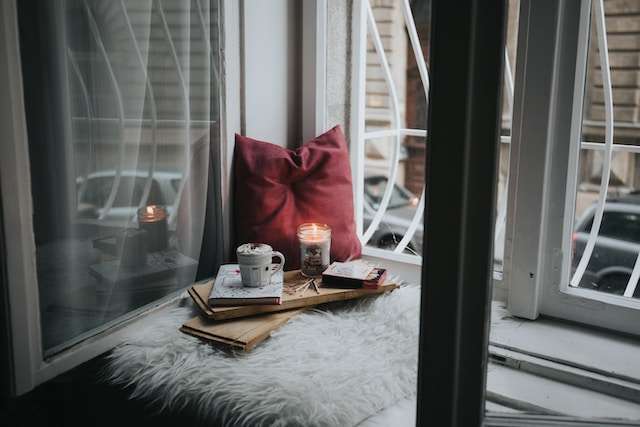
A cosy and inviting living space is essential for creating a comfortable home environment. However, achieving this requires more than just adding throw pillows and blankets. It’s important to consider safety measures when designing your cosy home, especially if you have children or plan on baby-proofing in the future.
Start by choosing warm colours that evoke feelings of comfort and relaxation. Soft lighting can also add to the ambience of your space. Consider using lamps instead of harsh overhead lights to create a more intimate atmosphere. Additionally, incorporating natural elements such as plants or wood accents can bring warmth to any room.
It’s important to regularly assess any potential hazards in your living space and make necessary changes as needed. This includes keeping walkways clear of clutter and ensuring smoke detectors are functioning properly.
With these simple steps, you can transform your house into a welcoming home that prioritizes both style and safety.
Tips For A Better Night’s Sleep
Imagine yourself lying in bed after a long day, feeling exhausted but unable to fall asleep. You toss and turn, your mind racing with thoughts of work or personal stressors. This scenario is all too familiar for many people who struggle with getting a good night’s sleep. However, there are several tips and tricks that can help improve your sleep hygiene and create a more comfortable environment.
One important aspect that can greatly impact your sleep quality is lighting fixtures within your home. Consider switching out bright overhead lights for dimmer options or lamps with warm-toned bulbs. This will help promote relaxation and signal to your brain that it’s time to wind down for the evening.
Lastly, making certain home upgrades like investing in a comfortable mattress and pillows can make all the difference when it comes to achieving restful sleep. Creating an optimal sleeping environment means taking into account multiple factors including temperature control, noise levels, and overall comfort level.
Improving your sleep routine doesn’t need to involve drastic changes; small adjustments can go a long way towards promoting better rest each night. By implementing these simple tips and thinking critically about what works best for you personally, you’ll set yourself up for success when it comes to improving your overall health and well-being through better sleep habits.
Updating Your Lighting Fixtures For Improved Ambience
Now that you’ve learned some tips for a better night’s sleep, let’s talk about ways to make your home safer and more comfortable. One important aspect of this is baby-proofing if you have young children or plan on having them in the future. This includes installing safety gates, cabinet locks, and outlet covers to prevent accidents.
Another way to improve comfortable living is by updating your lighting fixtures. Good lighting can greatly impact mood and ambience, which in turn affects sleep hygiene. Consider adding dimmer switches or investing in smart bulbs that allow you to adjust the brightness and colour temperature according to your needs throughout the day.
Of course, safety measures should also be taken into account when updating lighting fixtures. Make sure all wiring is up-to-date and installed properly by a professional electrician. Additionally, choose light fixtures with durable materials that aren’t prone to shattering or breaking easily. By combining comfort and safety measures like these in your home updates, you’ll create an environment where everyone can feel at ease.
Eco-Friendly Upgrades For A More Sustainable Home
Creating an eco-friendly home is becoming more and more popular as people become increasingly aware of the impact their daily lives have on the planet. It’s not only good for the environment but also provides financial benefits in terms of energy efficiency. One way to start your sustainable living journey is by baby-proofing your home with non-toxic materials, such as organic cotton rugs or bamboo crib sheets.
Another great way to make your home more sustainable is through energy-efficient upgrades. Installing solar panels or updating old appliances can significantly reduce your carbon footprint while saving you money on electricity bills. Simple electrical maintenance like switching off lights when they’re not needed and unplugging electronics when not in use will also go a long way in reducing your energy consumption.
Finally, if you’re looking to do some home renovation, consider using recycled materials or repurposing old furniture instead of buying new ones. Not only will it give your space a unique look, but it’s also a cost-effective and environmentally friendly option. By incorporating these small changes into our homes, we can all contribute towards creating a healthier planet for future generations while enjoying the comfort of our own sustainable sanctuary.
Tips For Selecting A Skilled Home Improvement Specialist
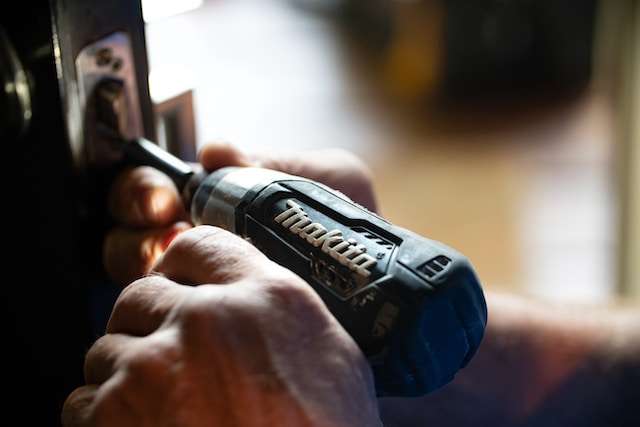
Hiring a skilled home improvement specialist can be a great way to ensure that your project is completed efficiently and to a high standard. However, with so many options available, it can be challenging to select the right professional for your needs. Here are some tips for selecting a skilled home improvement specialist:
- Check for credentials: Look for professionals who are licensed, insured, and have the necessary certifications and qualifications for the job.
- Ask for references: Request references from past clients to get an idea of their experience and satisfaction with the professional’s work.
- Review their portfolio: Check out the professional’s portfolio to see examples of their work and determine if their style aligns with your vision.
- Get multiple quotes: Collect quotes from multiple professionals to compare pricing and services offered.
- Communicate effectively: Choose a professional who communicates well and understands your vision for the project.
Remember, if hiring a professional is not within your budget or preferences, DIY can be a great alternative. Many home improvement projects can be completed by following online tutorials or guides, and there are many reliable electrical wholesalers online or in-store for purchasing the necessary supplies. With careful planning and research, you can have a successful home improvement project, whether done by yourself or with the help of a skilled professional.
Conclusion
In conclusion, making your home safer and more comfortable is essential to creating a space that you can truly relax in. By child-proofing electrical devices, creating a cosy living area, and updating lighting fixtures for improved ambience, you can ensure that your home is safe and welcoming for both yourself and your guests.
In addition, eco-friendly upgrades such as energy-efficient appliances and sustainable materials not only promote environmental responsibility but also contribute to long-term cost savings. Finally, selecting a skilled home improvement specialist ensures the job is done right the first time around. With these tips in mind, you’ll be able to create a secure and comfortable environment that allows you to rest easy knowing your family’s safety and well-being are taken care of.
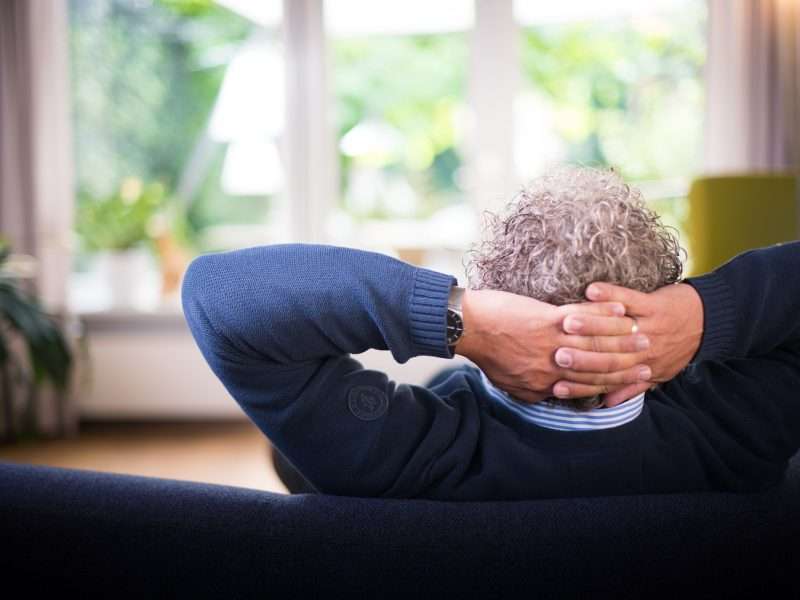
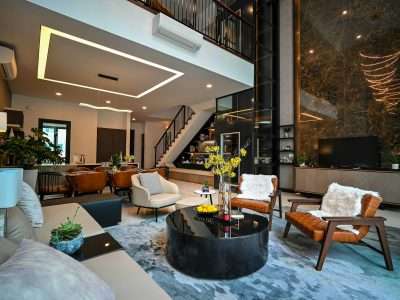
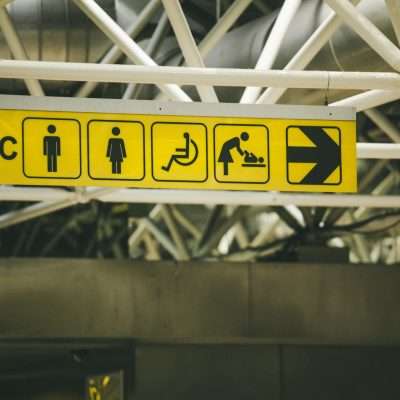
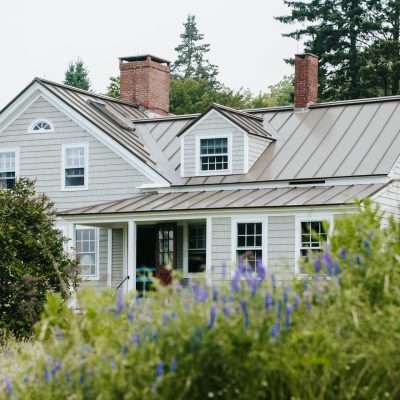


Comments